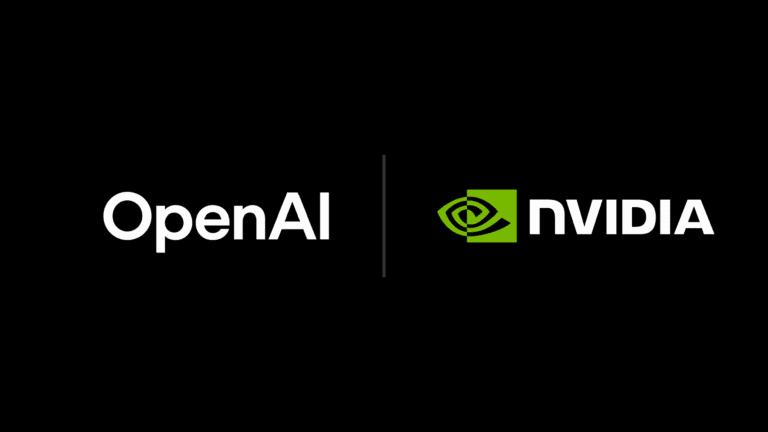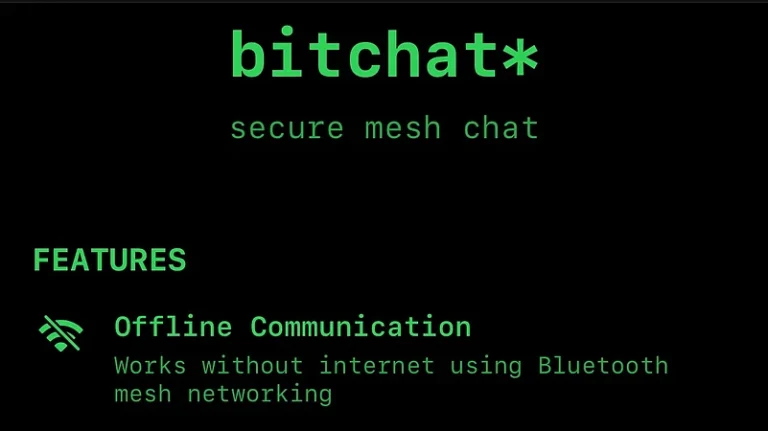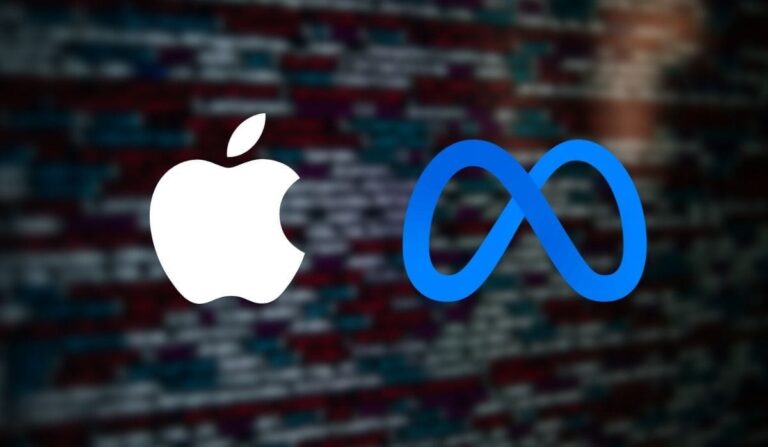
In a significant step towards enhancing the security of artificial intelligence (AI) systems, Google has introduced the Secure AI Framework (SAIF), a comprehensive guideline designed to mitigate the inherent risks associated with AI model deployment. Announced earlier today, SAIF aims to provide a structured approach to ensure AI technologies are not only innovative but also secure, reliable, and ethical.
The Genesis of SAIF
The rapid advancement and integration of AI across various sectors have brought to light the need for robust security measures to prevent misuse and unintended consequences. SAIF comes at a time when AI’s potential for harm, through scenarios like model theft, data poisoning, and malicious inputs, has become a focal point for both the tech industry and regulatory bodies. Google’s initiative reflects an industry-wide push towards responsible AI development, where security is embedded from the ground up.
Core Elements of SAIF
Google’s Secure AI Framework incorporates six pivotal elements:
- Expanding Security Foundations: SAIF leverages Google’s two decades of internet security experience, ensuring AI systems benefit from secure-by-default infrastructure.
- Extending Detection and Response: The framework encourages monitoring AI inputs and outputs for anomalies and using threat intelligence to anticipate and counteract potential attacks.
- Automating Defenses: Recognizing the speed at which AI threats can evolve, SAIF promotes the use of AI to automate security measures, allowing for quicker response to incidents.
- Harmonizing Control Frameworks: It advocates for consistency in security protocols across different AI platforms, ensuring broad applicability and scalability of security measures.
- Adaptive Learning: SAIF integrates methods like reinforcement learning to adapt AI systems based on incidents and user feedback, continuously improving security.
- Fostering Industry Collaboration: Google has not only shared SAIF but also formed the Coalition for Secure AI (CoSAI) to collaboratively tackle AI security challenges with partners like IBM, Microsoft, and OpenAI.
Industry and Public Response
The announcement has garnered attention from both industry leaders and the AI development community. Experts praise SAIF for setting a benchmark in AI security, potentially influencing global standards. However, there’s also a call for vigilance, as seen in discussions on platforms like X, where users highlight the ongoing need for vigilance against emerging threats like model extraction attacks or novel misuse of AI capabilities.
Looking Forward
While SAIF represents a commendable effort by Google to lead in AI safety, the tech community acknowledges that AI security is an ongoing battle. The framework, along with Google’s efforts in policy advocacy and research grants, underscores a commitment to not just innovate but to do so responsibly.
Conclusion
Google’s Secure AI Framework is more than a set of guidelines; it’s a call to action for the entire AI ecosystem to prioritize security in the development and deployment of AI models. As AI continues to weave itself into the fabric of daily life, frameworks like SAIF will be crucial in ensuring that this technology remains a force for good, secure against those who might exploit it for harm.



